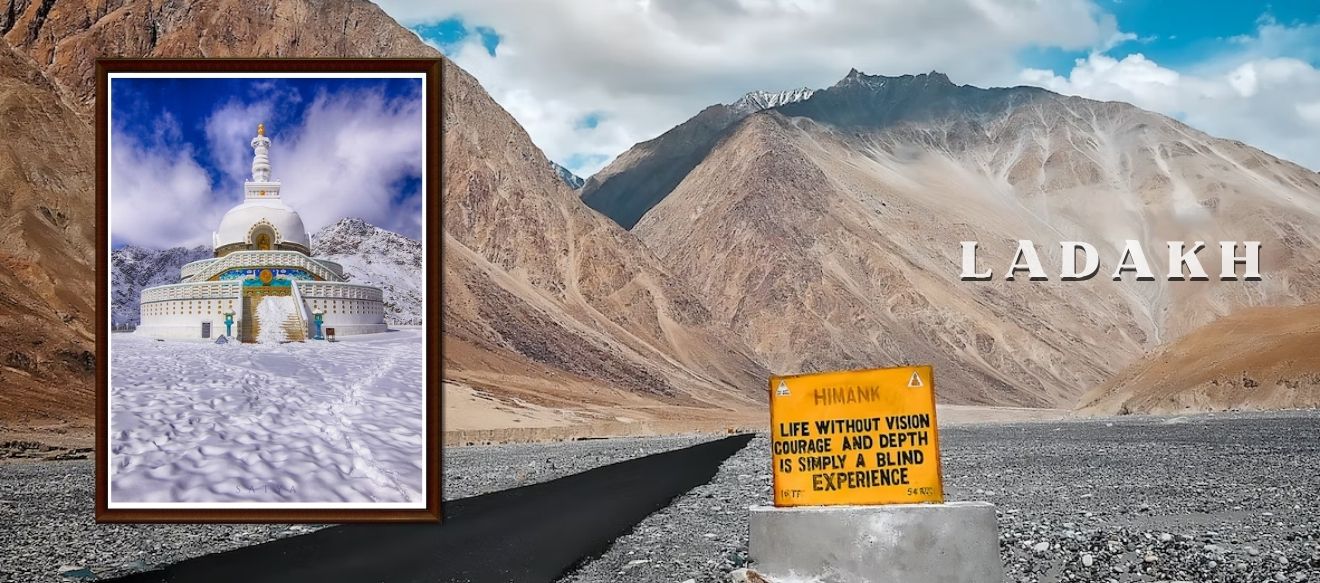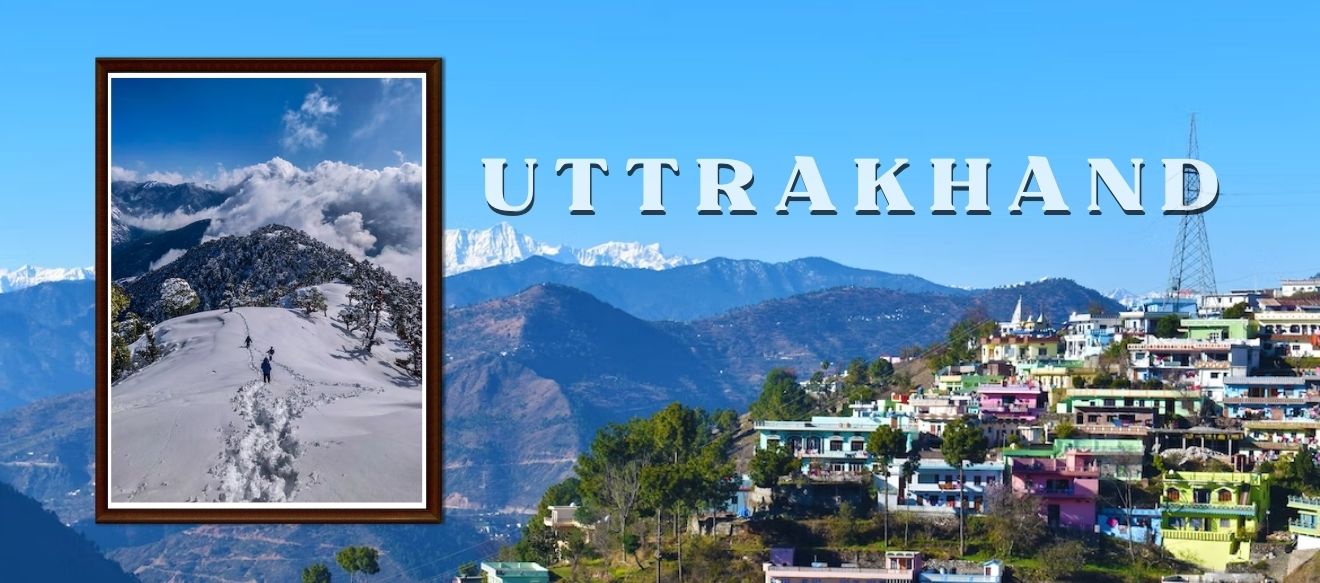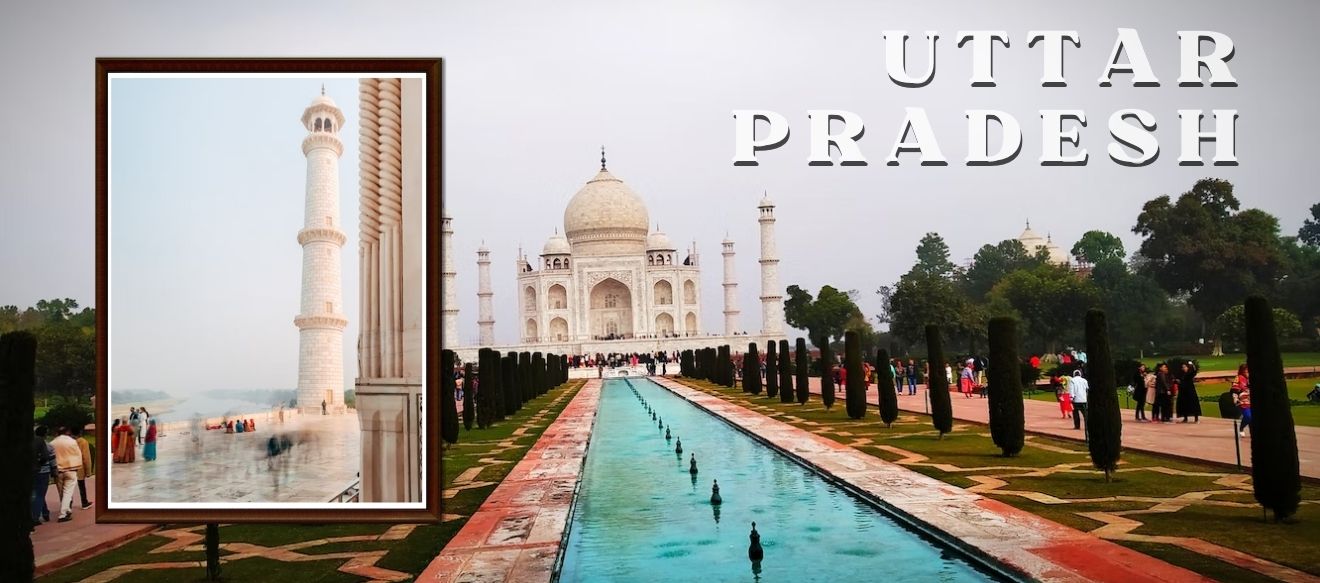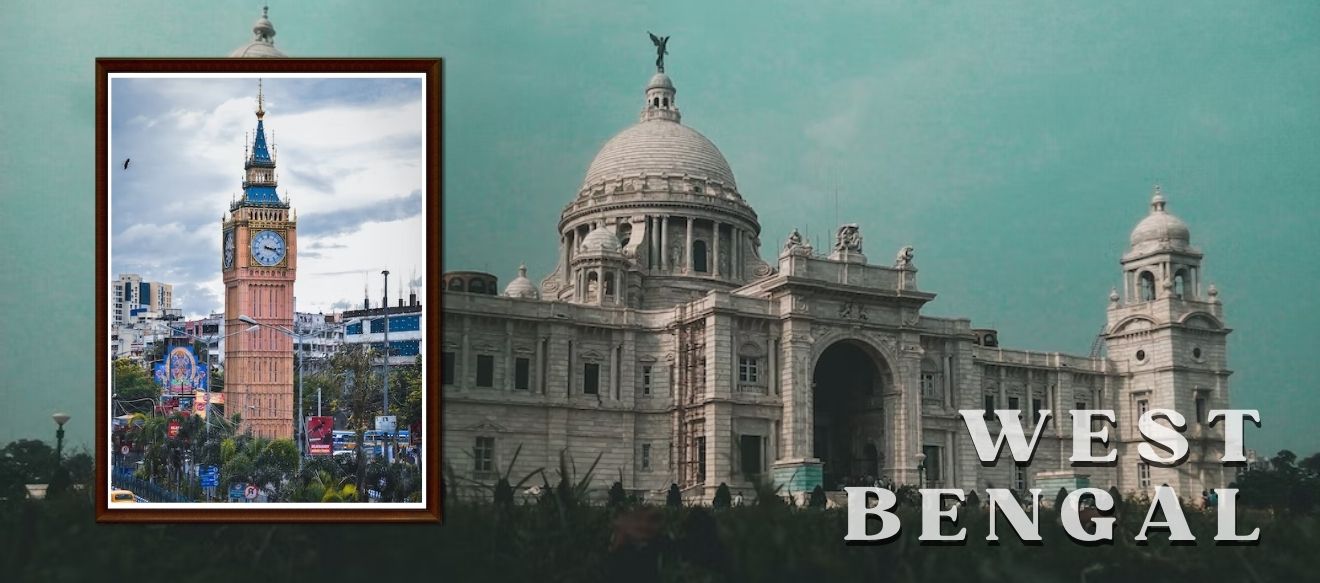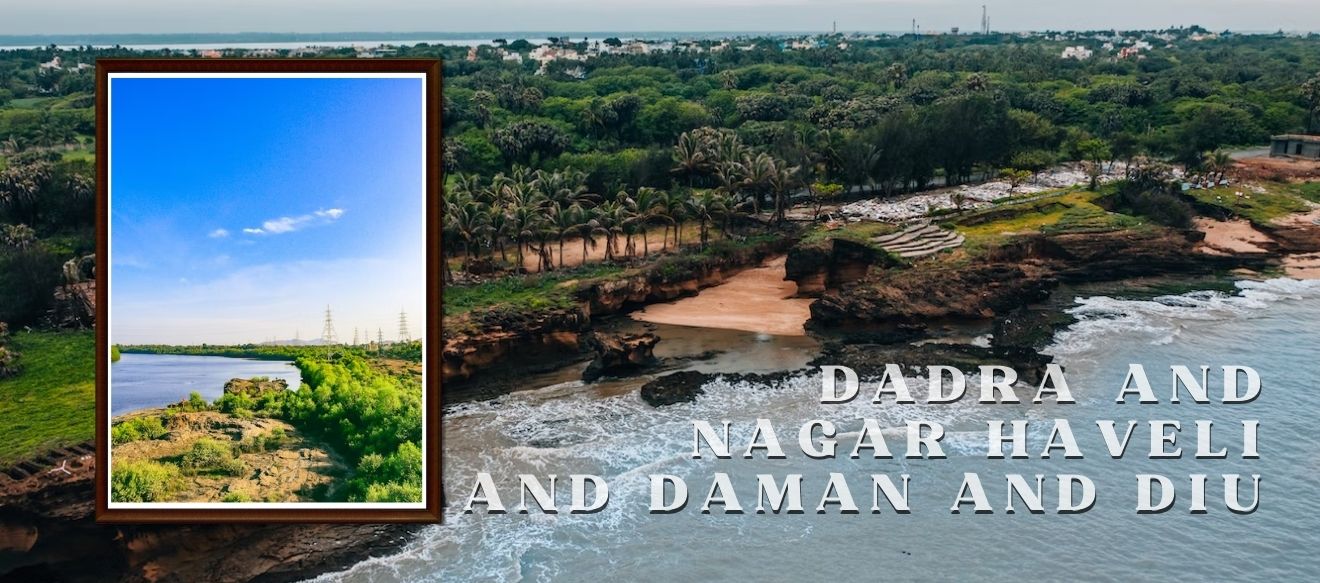Introduction
Ladakh is the least populated union territory of India. It is administered by the government of India. It comprises two districts. Leh and Kargil serve as the capital. Leh is the largest town in Ladakh.
History
During the partition between India and Pakistan, regulatory power over Ladakh was disputed between India, Pakistan, and China. Later, Ladakh was governed by India as a part of the union territory of Jammu and Kashmir. In 2019, Ladakh became an independent union territory.
Fairs and festivals
The grand celebration of Ladakh is famous all over the world. The fairs and festivals are the Sindhu Darshan festival, Tok festival, Saka Dawa festival, Losar festival, etc.
Geography
Ladakh covers an area of 59,146 km². It is the largest union territory across India. It was split up into two parts: East Ladakh and West Ladakh, while west Ladakh is administered by Pakistan. East Ladakh is the highest plateau of India. It is covered by Himachal Pradesh in the south and Jammu and Kashmir in the west. The main river in the region is the Zanskar river.
Demographics
The total population of Ladakh is 2.74 lakhs, of which 75% of the population is living in rural areas as of 2011. The major religious groups found in Ladakh are Shia Muslims, Tibetan Buddhists, and Hindus.
Culture
The culture of Ladakh is closely related to the culture of Tibet. Their culture is rooted in its history. The Leh district of Ladakh is dominated by Buddhists and the Kargil district is dominated by Muslims. The people of Ladakh are relying on agriculture to earn their livelihood. The traditional wear of the region of men and women is Goncha and Sulma. Pabu is the Ladakhi traditional footwear.
Languages
Hindi and English are the official languages of Ladakh. Bauti language is dominant in the Leh district and Purkhi is the main language of the Kargil district.
Tourism
Ladakh is a major attraction for adventurous people. The place is the best for trekking. Leh district is a major glamour due to its Tibetan-style monasteries. In the Leh district, there are various tourist places such as Chamba Temple, Sankar Gompa, Jama Masjid, and Potala Palace.
Education
The total literacy rate of Ladakh is 78.03%, of which the male literacy rate is 85.75% and the female literacy rate is 69.68%. The literacy rate of the Kargil and Leh districts is 58% and 62%.
Dances and music
The cultural heritage is reflected in its dance and music traditions. Ladakh's folk dance is Chamm and the folk music is religious chanting. The people of Ladakh practice various instruments for the performance of folk music and dance, they are Piwang, Surna, and Daman.
Cuisine
Ladakh cuisine is influenced by Tibetan cuisine. Ladakh's most notable dishes are Thumpka, Momos, and Ngampe, while other popular dishes are Skyu, Chhurpe, Tingmo, and Khambir. Ladakh cuisine is not very spicy but it's simple in taste and healthy for health. Buttermilk is a prominent drink that is served on every occasion.
All District of Ladakh
Other State

